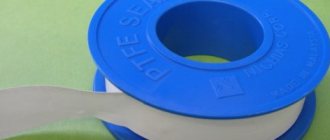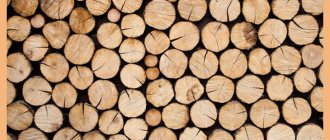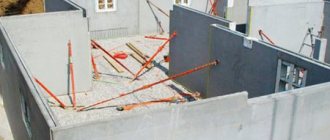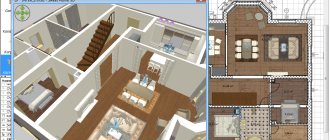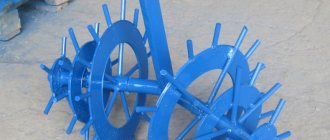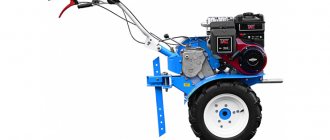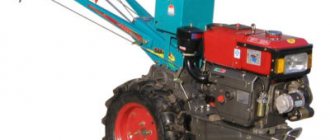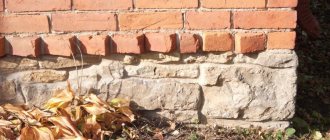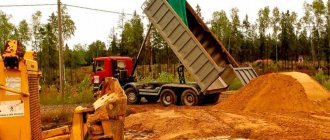In the last decade, there has been a trend of transition from tillage with a plow to cultivation with a cultivator. The fundamental difference between a plow and a cultivator is the turning over of the soil layer: the plow plows the earth with a full rotation of the layer, while cultivation involves loosening without completely turning over the soil layer.
How to cultivate the land - a plow or a cultivator? Let's look at all the nuances in our article.
Proper use of surface tillage equipment such as plows, cultivators, harrows, rollers and subsoilers can significantly increase yields and profits. At the same time, not all farms can afford the use of all the listed tools. Therefore, it is advisable to consider the comparative characteristics of processing equipment.
Understanding the basic properties and advantages of each type of processing gives the agronomist freedom of choice and the ability to “fine-tune” his resources to obtain maximum results.
Today, several types of soil cultivation are popular:
- moldboard (plough);
- non-moldboard (cultivator);
- mini-till (loosening; minimal tillage);
- no-till, or zero tillage (soil mulching);
- combined (a combination of several types of the above technologies).
The first two types of farming are considered more traditional, or classical. The choice of processing tool depends on various factors and must be done with a competent approach.
Comparison of plow and cultivator. Advantages and disadvantages of moldboard and non-moldboard tillage
Advantages of plowing land:
- The cultivated soil layer is evenly mixed, and its properties are distributed throughout its entire thickness.
- Moldboard plowing is one of the types of control of weeds and harmful microorganisms: their seeds and spores are mixed from the surface layer into the depths, some of them die.
- Statistics from agronomists note the best yield indicators in fields plowed with a plow.
At the same time, moldboard plowing has a number of disadvantages and limitations:
- Deep plowing of the soil increases erosion. Loosened soil is more susceptible to erosion and blowing.
- In regions with a lack of moisture, constant plowing of land with a plow threatens excessive drying and weathering of the soil due to evaporation.
- Prolonged cultivation of land with a plow leads to the formation of a plow sole - a compacted layer of soil that impedes the germination of roots and contributes to waterlogging of the soil.
- Time and fuel costs increase.
Advantages of cultivating land with a cultivator:
- Retention of more moisture in the soil;
- Reduced weathering and erosion, which justifies the use of only cultivation in some regions;
- Preservation of the surface fertile layer;
- Lower fuel and time costs.
Disadvantages of a cultivator compared to a plow:
- Due to insufficient soil mixing, weed seeds, pathogens of fungal infections and other pests accumulate at the surface of the earth, which forces the use of herbicides and fungicides.
- More fine-tuning of units requires advanced training of workers and corresponding costs.
Will cultivators replace plows?
Soil cultivation is carried out with the aim of increasing its fertility and improving conditions for the growth of crops. Of course, the approach to soil cultivation is individual. As in most situations in life, there is no best choice: the use of one or another type of treatment depends on specific conditions, and it is best to combine these types.
Experts recommend alternating several years of non-moldboard cultivation with a cultivator with traditional plowing of the land with a plow. This approach will ensure high yields, good soil mixing and protect fields from excessive blowing and erosion.
A competent approach to running an agricultural business includes not only field work, but also the processes of drying and storing grain. ASM-AGRO grain dryers allow you to save up to 99.9% of grain. You can view the characteristics and prices on the website.
View the catalog of grain dryers
Plowing or deep loosening
Plowing and deep-loosening have their advantages and disadvantages:
Advantages
of moldboard plowing:
- The plow reliably embeds plant residues, weed seeds, pests and pathogens into the soil. Plant residues are subsequently mineralized, and weed seeds are not able to germinate from great depths.
- The arable soil layer is differentiated by fertility (mixing the upper and lower layers of the arable soil horizon).
Flaws:
- The most energy-intensive method of tillage.
- With the systematic use of plowing, an over-compacted plow base is formed, which prevents the penetration of air and moisture into the subarable horizon, and therefore impairs the ability of the soil to accumulate moisture in the autumn-winter period.
- Threat of wind erosion.
Plowing is more suitable for regions with optimal soil and climatic conditions for growing crops.
Advantages of deep loosening:
- Fuel consumption at a significantly greater processing depth is less than that of a plow.
- The potential for moisture accumulation in this case is significantly higher than traditional plowing.
- Plant residues are preserved on the soil surface, preventing wind and water erosion.
Flaws:
- As a result of the active development of pathogens, fields after chisel require a higher pesticide load than after a plow.
- Subsoilers are worse at cutting perennial weeds, and the seeds of annuals remain on the surface.



